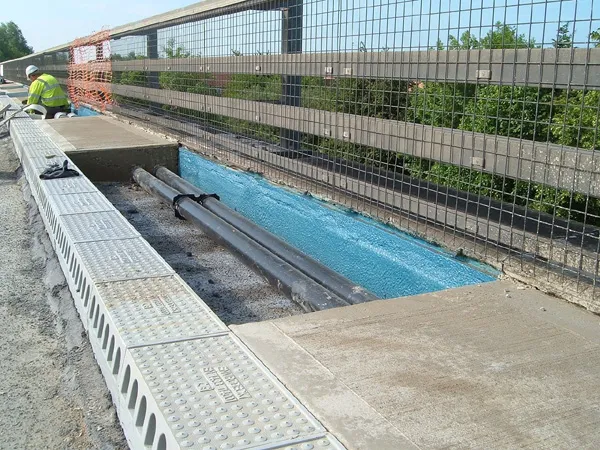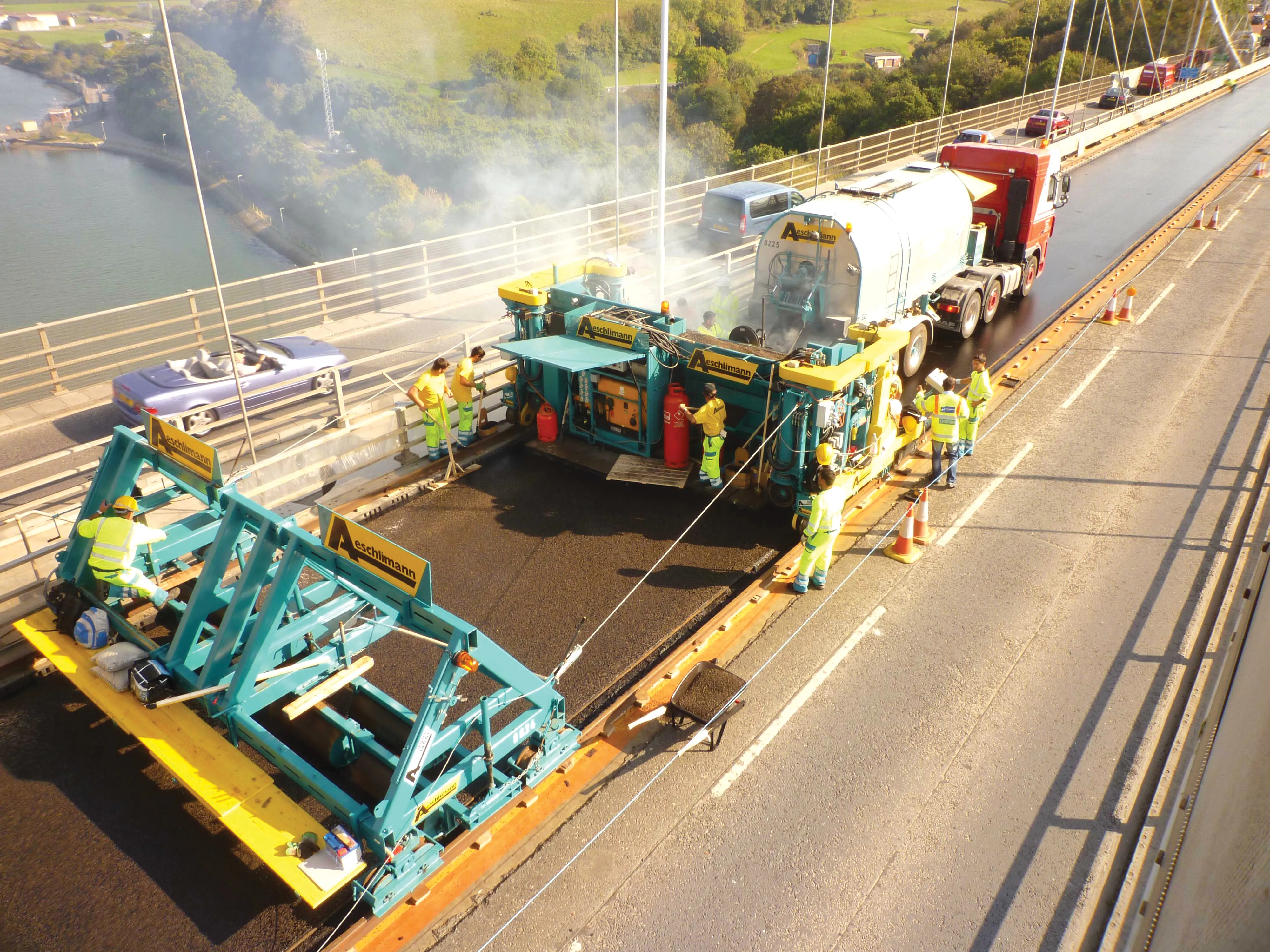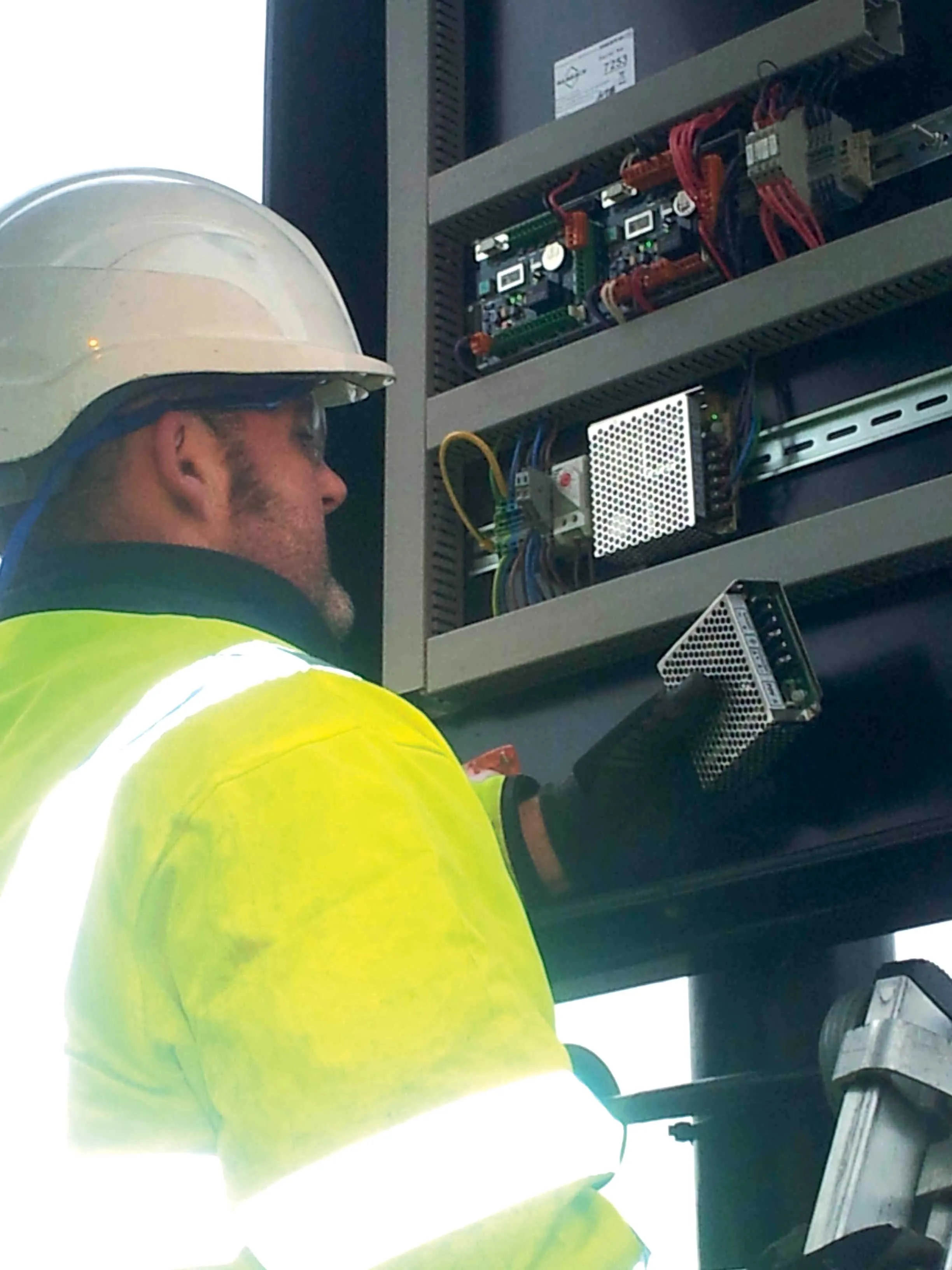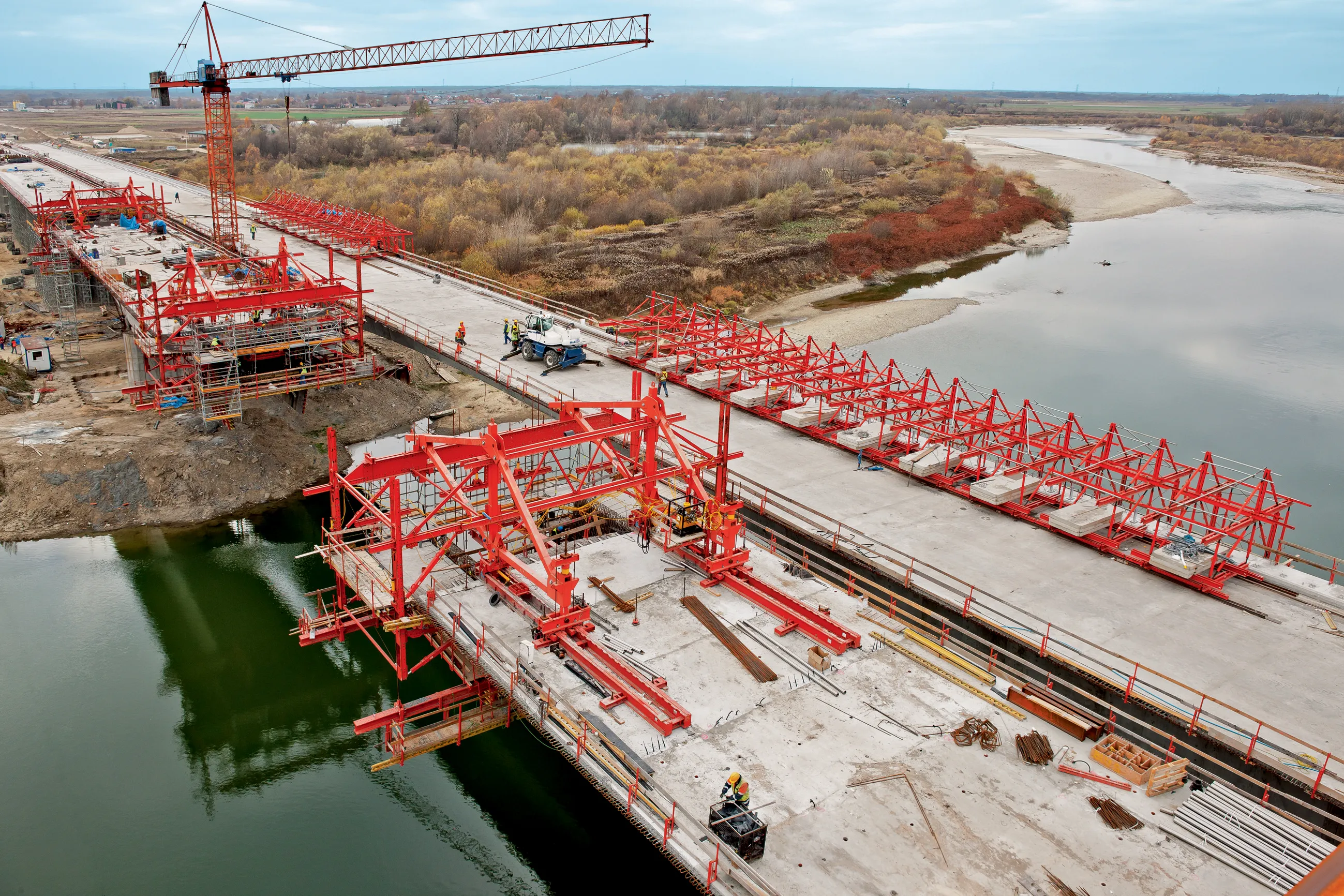Pipeline & Drainage Systems (PDS), is pointing to its EnviroDeck drainage product saying that unless properly drained, water can cause severe damage to bridges, particularly on deck surfaces where it may become trapped.
February 10, 2012
Read time: 4 mins

Pipeline & Drainage Systems (PDS), is pointing its EnviroDeck drainage product saying that unless properly drained, water can cause severe damage to bridges, particularly on deck surfaces where it may become trapped.
The effects of not addressing this at the design stage has become apparent on many structures built between 20-30 years ago, with maintenance work now being carried out often due to inadequate drainage.
It is claimed that the traditional method of draining bridges by drilling holes in the surface and putting in grates and suspended pipework can leave water within the deck construction, and through time this can lift or crack the surfacing. Such systems are said to often be made from heavy metal, which are expensive to buy, install and maintain, and can place extra weight on a bridge.
Chris Rothery, managing director of PDS, says they are liable to rust and, being highly visible, can spoil a structure’s appearance.
In the UK, PDS says it has seen a big take up of the company’s EnviroDeck product, a drainage solution that is gaining increasing prominence in Europe. A surface-mounted lightweight, non-metallic composite system with colour coding options, it acts as a kerb edge and offers a hollow channel with water inlets to collect surface and sub-surface water continuously along the deck.
The company’s other road and highway drainage solutions include its lightweight recycled composite Envirokerb kerb drainage system (over 150,000m installed since its introduction in 2002) and the Envirochannel one-piece monolithic, recycled composite, lightweight channel drainage system, for use on highways, car parks and retail developments.
Since being founded in 2000, PDS has promoted its products, including EnviroDeck, at various trade shows, and is hoping to introduce it to the global market.
In 2008, PDS supplied 2,500m of EnviroDeck in Scotland for the new upper Forth crossing through the village of Kincardine, and also had a major input into the drainage design for the bridge. Other UK projects for EnviroDeck include Wolvercote Viaduct near the city of Oxford; the new Hunslet Viaduct, city of Leeds; the M50 motorway Queenhill Viaduct which crosses the River Severn, near Tewkesbury, and four structures on the M1 motorway widening project near Nottingham.
The system was supplied for the landmark cable-stayed River Suir Bridge, part of the N25 Waterford Bypass, which was built by Celtic Roads Group (Waterford), a consortium comprising Spanish company Dragados, NTR and Royal BAM. Originally, the design called for two longitudinal pipes under the bridge and drainage holes through the deck at 20m centres.
“The alternative EnviroDeck system we adopted resulted in a considerable saving in time and eased installation and maintenance. Most of the deck is above the river, so access would have only been possible by means of the maintenance gantry, delaying installation and commissioning until the end of construction,” says Dragados project manager, Sergio Perez.
The company’s first European project was on the Vial de Borde project, Spain, and further schemes followed in Switzerland, where EnviroDeck was selected as a highly cost-effective solution on the Rontal Bridge in Dierikon. It will also be used on the Kampmann suspension bridge in Germany in 2011.
PDS is also highlighting another drainage solution, Dri-Deck, which can be used in conjunction with EnviroDeck if required. Lateral slots in this secondary sub-surface channel drainage system provide relief to the pumping action of wheel loads within the asphalt construction of the bridge. Kerb systems are limited in their ability to drain right down at deck level due to a base thickness of the unit and the mortar bed which can raise the sub-surface collection holes further from the deck.
The Dri-Deck secondary system, for which PDS is sole distributor, may be desirable to pick up any sub-surface water at this lower level, and PDS, in partnership with USL, has developed a complete system for collecting sub-surface water at deck level. To complement this product PDS developed the Dri-Deck Channel unit.
The effects of not addressing this at the design stage has become apparent on many structures built between 20-30 years ago, with maintenance work now being carried out often due to inadequate drainage.
It is claimed that the traditional method of draining bridges by drilling holes in the surface and putting in grates and suspended pipework can leave water within the deck construction, and through time this can lift or crack the surfacing. Such systems are said to often be made from heavy metal, which are expensive to buy, install and maintain, and can place extra weight on a bridge.
Chris Rothery, managing director of PDS, says they are liable to rust and, being highly visible, can spoil a structure’s appearance.
In the UK, PDS says it has seen a big take up of the company’s EnviroDeck product, a drainage solution that is gaining increasing prominence in Europe. A surface-mounted lightweight, non-metallic composite system with colour coding options, it acts as a kerb edge and offers a hollow channel with water inlets to collect surface and sub-surface water continuously along the deck.
The company’s other road and highway drainage solutions include its lightweight recycled composite Envirokerb kerb drainage system (over 150,000m installed since its introduction in 2002) and the Envirochannel one-piece monolithic, recycled composite, lightweight channel drainage system, for use on highways, car parks and retail developments.
Since being founded in 2000, PDS has promoted its products, including EnviroDeck, at various trade shows, and is hoping to introduce it to the global market.
In 2008, PDS supplied 2,500m of EnviroDeck in Scotland for the new upper Forth crossing through the village of Kincardine, and also had a major input into the drainage design for the bridge. Other UK projects for EnviroDeck include Wolvercote Viaduct near the city of Oxford; the new Hunslet Viaduct, city of Leeds; the M50 motorway Queenhill Viaduct which crosses the River Severn, near Tewkesbury, and four structures on the M1 motorway widening project near Nottingham.
The system was supplied for the landmark cable-stayed River Suir Bridge, part of the N25 Waterford Bypass, which was built by Celtic Roads Group (Waterford), a consortium comprising Spanish company Dragados, NTR and Royal BAM. Originally, the design called for two longitudinal pipes under the bridge and drainage holes through the deck at 20m centres.
“The alternative EnviroDeck system we adopted resulted in a considerable saving in time and eased installation and maintenance. Most of the deck is above the river, so access would have only been possible by means of the maintenance gantry, delaying installation and commissioning until the end of construction,” says Dragados project manager, Sergio Perez.
The company’s first European project was on the Vial de Borde project, Spain, and further schemes followed in Switzerland, where EnviroDeck was selected as a highly cost-effective solution on the Rontal Bridge in Dierikon. It will also be used on the Kampmann suspension bridge in Germany in 2011.
PDS is also highlighting another drainage solution, Dri-Deck, which can be used in conjunction with EnviroDeck if required. Lateral slots in this secondary sub-surface channel drainage system provide relief to the pumping action of wheel loads within the asphalt construction of the bridge. Kerb systems are limited in their ability to drain right down at deck level due to a base thickness of the unit and the mortar bed which can raise the sub-surface collection holes further from the deck.
The Dri-Deck secondary system, for which PDS is sole distributor, may be desirable to pick up any sub-surface water at this lower level, and PDS, in partnership with USL, has developed a complete system for collecting sub-surface water at deck level. To complement this product PDS developed the Dri-Deck Channel unit.








